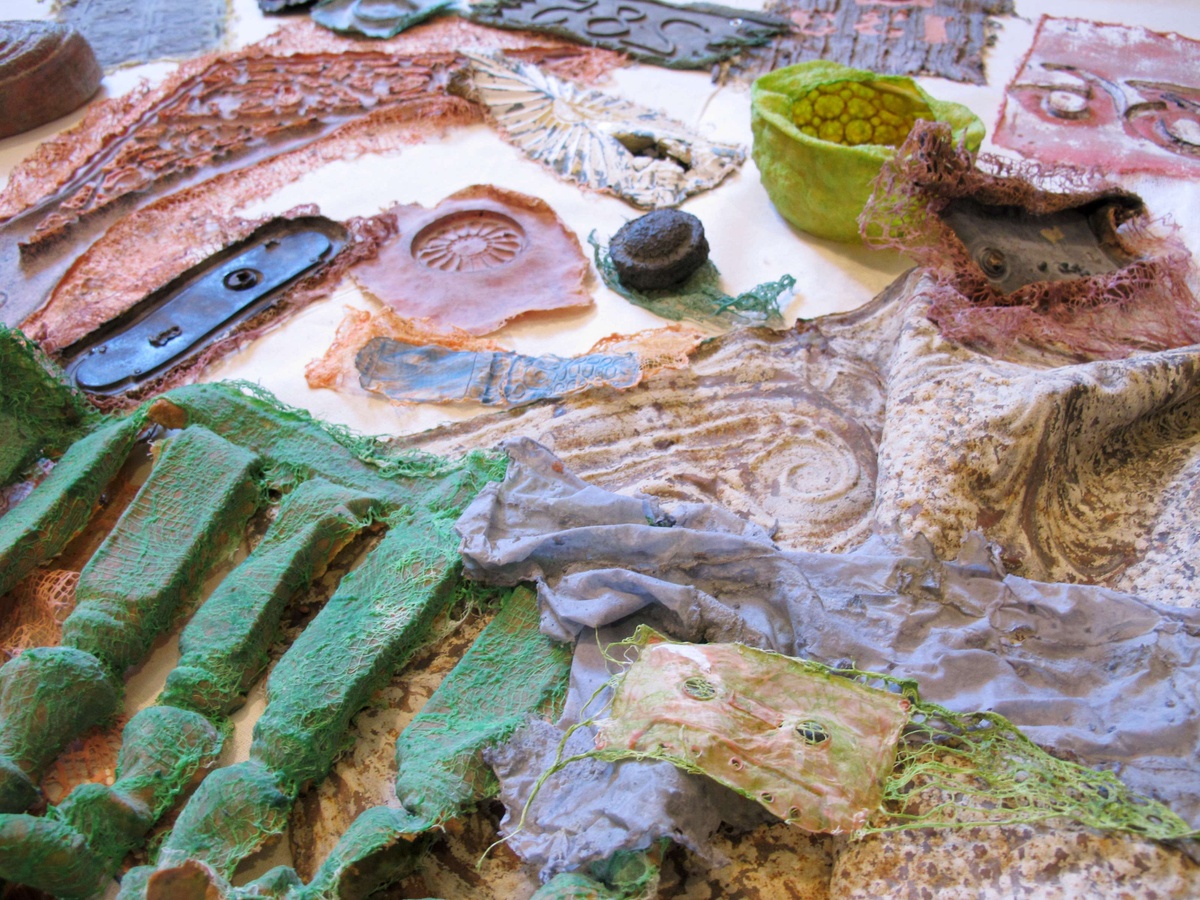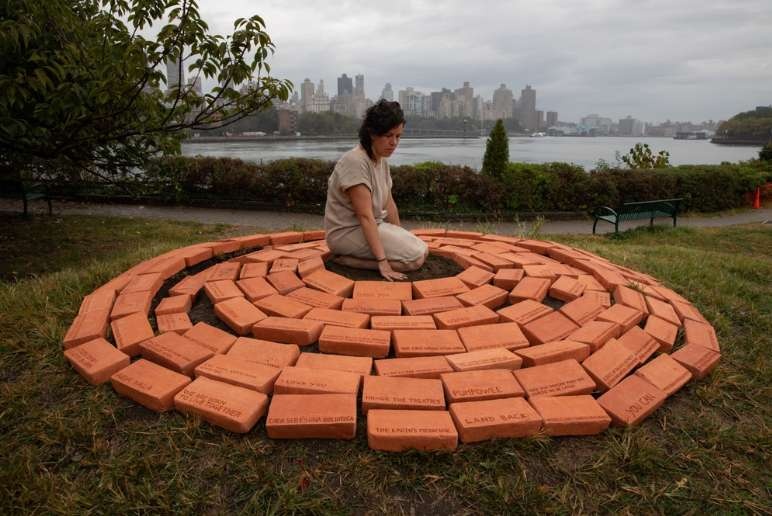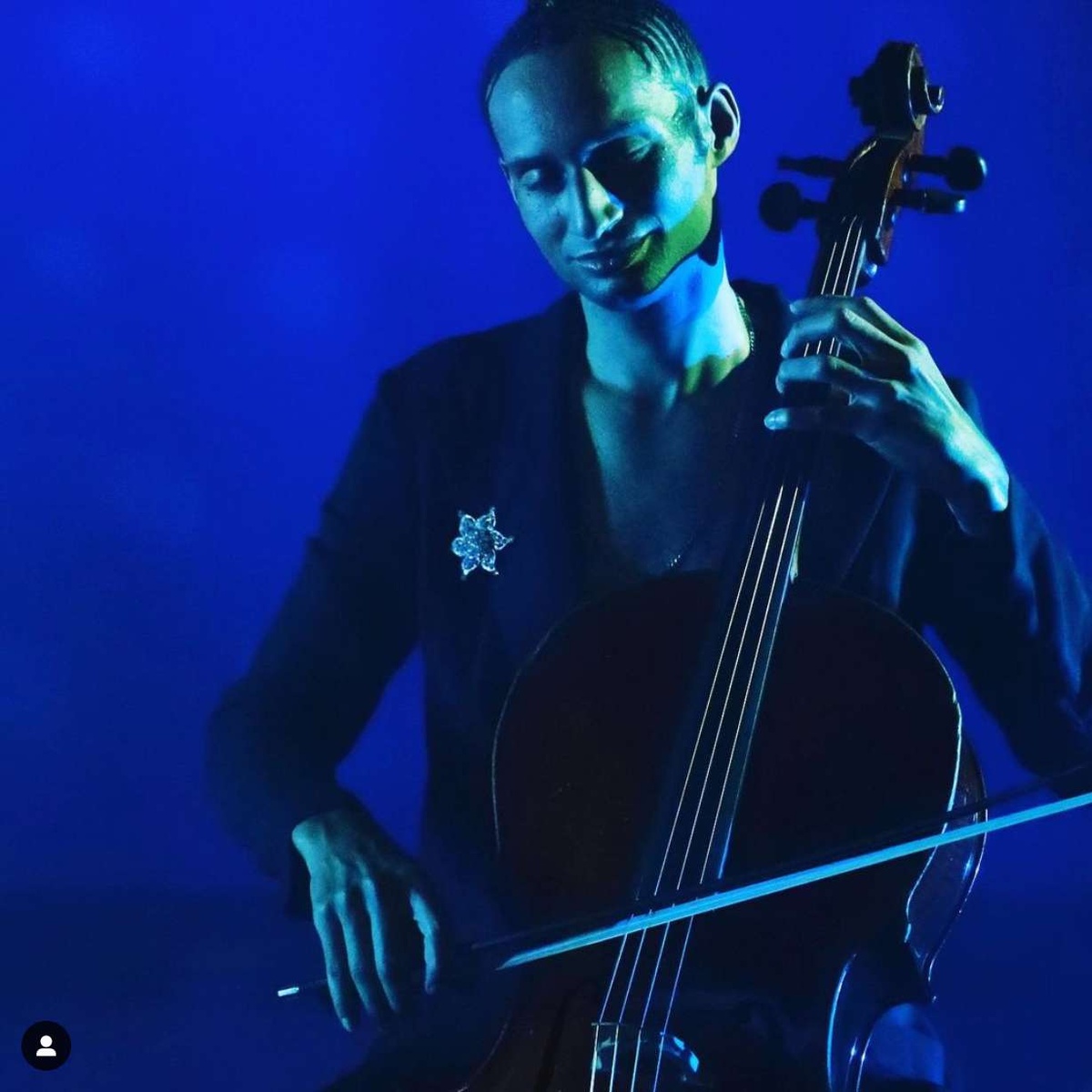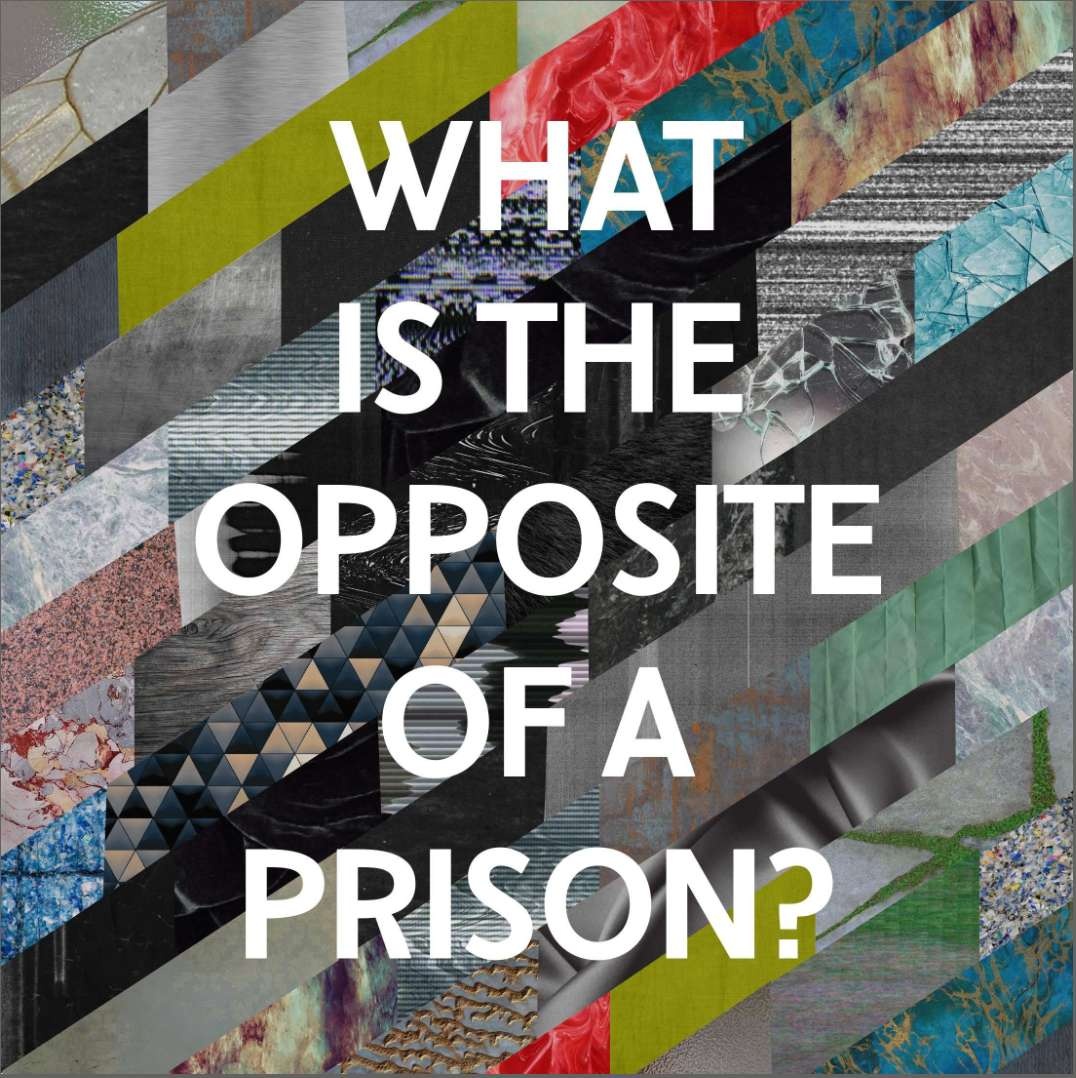

Due to the process-based nature of the Session program, this project will undergo constant modifications; the features of this page provide accruing information on the project’s developments.
Date:
March 25–May 26, 2014
Visitor info
To make an appointment, please sign up no later than 10 am the same day at recessartscheduling.as.me
Read our safety guideline
On March 25th, 2014, Takashi Horisaki and Nina Horisaki-Christens will begin work on Metabolic Morphology as part of Recess’s signature program, Session. Session invites artists to use Recess’s public space as studio, exhibition venue and grounds for experimentation.
Inspired by Soho’s signature architectural form – the cast iron building – the main component of Metabolic Morphology will take the form of a semi-modular installation of cast colored latex and vacuum-formed plastic elements that will be rearranged and expanded upon over the course of the project. These forms will derive their basic aesthetics from casts of sections of actual buildings in Soho, including Recess’s own space, which will then be draped, stretched, and otherwise manipulated over plastic and wire structures. The modular components will then be suspended in arrangements that, when altered, trigger sound recordings detailing the histories of the neighborhood by its inhabitants, tying together the physical and narrative records of this urban space.
Metabolic Morphology takes as its conceptual basis both an awareness of the complex nature of urban development in Tokyo and New York, and the specific history of the Soho neighborhood, where ideas of modular architectural components seem particularly apt given the trajectory that cast-iron buildings set for architecture. Allowing the entire facade of a structure to be cast quickly and at lower cost than ornamental stone constructions, cast iron paved the way for more radical forms of pre-fabricated and modular architectures in the decades that followed. At the same time, this Soho was also intimately associated with evolving concepts of modernism through its artistic inhabitants, including prominent minimalist artists, whose work speaks to such modernist component-based aesthetics, taking them to their universalizing extreme, and Fluxus artists who sought a more open ended collaborative aesthetic. Drawing from these local histories, the artists seek to explore an urban aesthetic that melds modernist simplification with the heterogeneity of reality, hybridizing simple interchangeable geometries with unique ornamental details in an organic fashion.
Ultimately Horisaki and Horisaki-Christens would like to acknowledge the physicality of our urban environment, recognizing the tension it contains in balancing history with the drive toward technological innovation, and organizational structure with the uncoordinated forces of development.
Session invites artists to use Recess’s public platform to combine productive studio space with dynamic exhibition opportunities. Sessions remain open to the public from the first day of the artist’s project through the last, encouraging sustained dialogue between artists and audiences. Due to the process-based nature of Session, projects undergo constant revision and the above proposal is subject to change.
About the artist
Nina Horisaki-Christens
Nina Horisaki-Christens (b. 1981, Michigan) is an artist, curator and writer based in Brooklyn, NY. Her work has been shown at venues including the Lower Manhattan Cultural Council’s Building 110 (Governor’s Island, NY), Socrates Sculpture Park (NY), Flux Factory (NY), Kunsthalle Galapagos (NY), Fort Gondo (St. Louis), Lost Coast Culture Machine (CA), and Hosfelt Gallery (NY). She is a 2014 New Works resident at Harvestworks, a 2011 resident in LMCC’s Swing Space program, and a recipient of grants from the Foundation for Contemporary Arts and Socrates Sculpture Park. As a 2012-13 Helena Rubinstein Curatorial Fellow of the Whitney Museum’s Independent Study Program, she co-curated “Maintenance Required” at The Kitchen (NY, 2013). She also served as Assistant Curator and Interim Curator at Art in General (NY), was a 2008-09 Lori Ledis Curatorial Fellow at BRIC Rotunda Gallery, and has curated independently at non-profits including Smack Mellon and Nurture Art. She has contributed to publications produced by The Whitney Museum, Independent Curators International, Art21.com, Art in General and Phaidon. Horisaki-Christens worked as Research Assistant for Gutai: Splendid Playground at the Guggenheim Museum, was the 2013 summer curator-in-residence at Seoul Art Space Geumcheon, and is currently an MA/PhD student at Columbia University.
Projects
Takashi Horisaki
Takashi Horisaki (b.1974, Tokyo) is a New York-based sculptor whose work has been exhibited at New Orleans’s Prospect.1 Biennial (2008), the Incheon Women Artists Biennale, Korea (2009), the Contemporary Art Museum St. Louis (2012), and Seoul Art Space Geumcheon (2012). He has received commissions from the Sculpture Center, NY; Socrates Sculpture Park, NY; the Queens Museum of Art, NY; the Storefront for Art and Architecture, NY; Buffalo Arts Studio, NY; and Southeastern Louisiana University. His work has also been shown in exhibitions at venues including Abrons Arts Center Gallery; hpgrp Gallery New York; Dorsky Gallery Curatorial Projects; Kunsthalle Galapagos, NY; Regina Rex, NY; Third Streaming Gallery, NY; the Mason Gross Galleries at Rutgers University, NJ; the Deutsches Hygiene-Museum, Dresden, Germany; Flux Factory Inc., Queens; The LAB Gallery, San Francisco; and Murray Guy, NY. A participant in the 2014 Harvestworks New Works Residency, 2012-13 Abrons Arts Center AIRspace Residency, 2012 Urban Research Project Residency at Seoul Art Space Geumchoen, and 2008-09 LMCC Workspace Residency Program, Horisaki is the recipient of awards including the POLA Art Foundation Emerging Artist Grant (2010-11), and the Urban Artist Initiative/NYC Fellowship (2008), the Dedalus Foundation MFA Fellowship (2005-06). His work has been discussed in publications including Art in America, Artforum, ArtReview, The New York Times, the Brooklyn Rail, the Huffington Post, Hyperallergic, NPR’s Studio 360, the Geothe-Institut’s Humbolt Magazine, The News Hour with Jim Lehrer, the NEA Arts Magazine, the Art21 Blog and Bijutsu Techō.
Projects
Explore/Archive
See allOpens May 14, 2026
Bel Falleiros
A project that calls us, in this moment of social and environmental collapse, to make space to be with nature.
Opens March 22, 2026
Zeelie Brown
The artist will compose and premiere a new sonata exploring the links between music, ecology, and spatial justice
Opens January 14, 2026
A circle of creative exchanges between Assembly youths and 3 incarcerated participants from Parole Prep’s Archive-Based Creative Arts program





